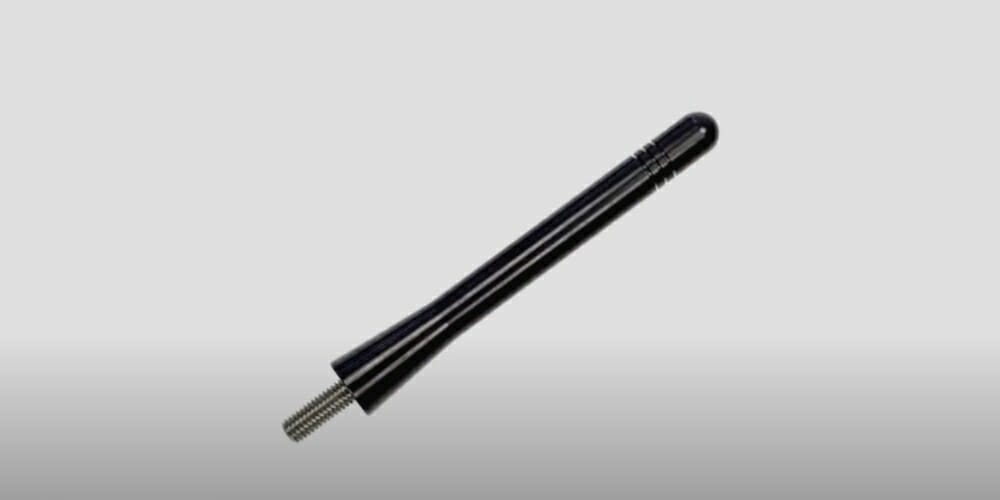Want to change your current antenna with a new bullet type but are not sure how good they are? Below we’ll answer the question Do Bullet Antennas Work?
The bullet antenna is a type of directional antenna used for high-frequency applications. It is widely used in wireless communication systems and radar and microwave circuits. The antenna has an unusual appearance and is a popular choice for many consumer electronics products.
Many people wonder whether bullet antennas work or not. The answer is yes, they do work and are very popular among many people. They are easy to install, and they can be used with different types of vehicles such as cars, RVs, and boats. They can also be used in homes where you want to watch TV signals with no interruption from other sources of interference like Wi-Fi or microwaves.
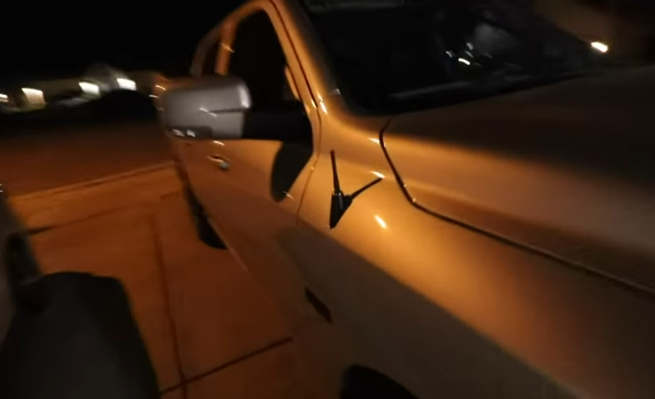
How Does the Bullet Antenna Work?
The bullet antenna is a radio antenna used in mobile phones, Wi-Fi routers, and other devices that transmit and receive radio frequency signals. Its design allows it to receive and transmit multiple frequencies quickly and efficiently, so it’s often used in modern communications devices.
A bullet antenna has a cylindrical shape with several flat sides. A conductive wire runs along each side of the cylinder from one end to another. The wires are connected at both cylinder ends by insulated connectors, or “bullets.” These bullets allow electricity to flow between the antenna’s wires and your device’s circuit board to use it as an antenna or receive information from another source.
The bullets also help prevent electromagnetic interference (EMI) from damaging your device’s circuitry. EMI is caused by high-frequency electromagnetic waves that interfere with the operation of electronic components. EMI can cause problems such as static on your radio or TV speakers if they’re close enough to your computer tower or other electronics equipment.
In some cases, such as Wi-Fi routers, there may be more than one bullet in an antenna design — this allows multiple signals to pass through it simultaneously without interfering with each other.
Bullet Antenna Components
The components of a bullet antenna include:
The Body
This is where you will find the center conductor wire. The body also acts as a ground for the antenna.
The Tip
The tip is where you will find the internal voltage divider, which helps reduce noise when you’re trying to make calls or send texts over your phone lines (it can also help prevent interference from other radio signals).
The Base
This part of the antenna is what gives it its name—it looks like a bullet! It acts as a ground connection and an RF choke (which helps prevent interference with other wireless devices).
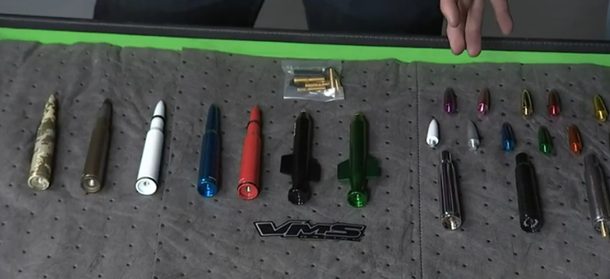
Do Bullet Antennas Work Better Than Regular Antennas?
The short answer is “no.” The long answer is that the performance of bullet antennas will vary depending on the environment they’re installed in and how well they’ve been installed. If you want the best possible reception, an amplified antenna is recommended.
However, bullet antennas do work better than regular antennas in some cases.
The main reason bullet antennas work better than regular ones is directional. They receive and transmit signals in a specific direction. This allows you to obtain a stronger signal and reduce interference from other sources of wireless data. (1)
If you’re trying to receive a signal from one tower, a bullet antenna is ideal. However, if you’re trying to connect to several towers at once or use an omnidirectional antenna, a bullet antenna may not be the best choice for your needs.
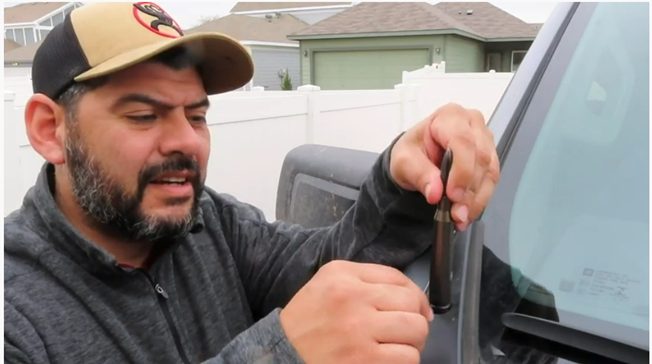
Does the Size of a Bullet Antenna Matter When it Comes to Reception?
The size of a bullet antenna is not directly related to reception. It’s true that the bigger the antenna, the better your reception will be, but not because it has any effect on the way that the signal travels through space. Instead, the larger surface area will pick up more signal than a smaller one would—and this is true for all antennas.
Bullet antennas are used primarily for wireless communication applications where signals need to be sent over long distances and in high quantities. Because they’re so small (typically about 2 inches tall), they’re easy to mount in places where other antennas wouldn’t fit (like on your car). When you use them for this purpose, you’ll get good results regardless of whether or not they’re big.
How Do I Choose a Bullet Antenna?
There are several things you should consider when choosing your bullet antenna.
First, you should consider how far away from the transmitter/receiver you will be and what type of interference you might encounter along the way. If you’re planning on using a bullet antenna for long-distance communication over open land, it may be best to choose one with a longer diameter to pick up more signals. (2)
However, if you’re planning on using your bullet antenna in an urban environment or on the highway where there may be a lot of other radio signals around, then it’s best to go with a shorter diameter antenna so that it doesn’t pick up too much interference from other sources.
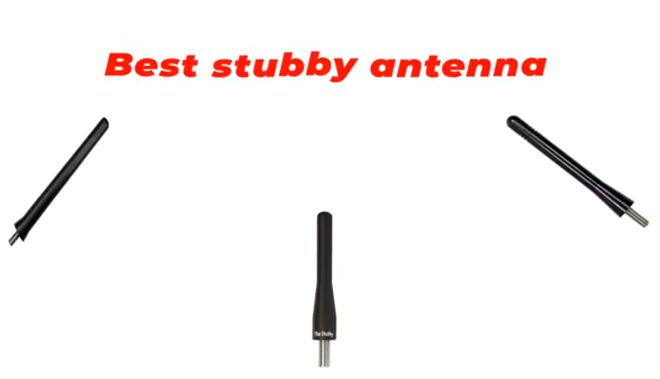
Also, consider whether or not you need an external amplifier when choosing an antenna for your device: some models come with built-in amplifiers while others do not; if yours does not have one built-in, then this is something else that will affect your choice (and cost).
Take a look at some of our related articles below.
- How to make rabbit ear antenna work better
- How to make a TV antenna amplifier
- How to boost TV antenna signal homemade
References
(1) wireless data – https://www.verizon.com/articles/whats-the-difference-between-wifi-data-and-cellular-data/
(2) long-distance communication – https://www.elitedaily.com/p/5-communication-tips-for-long-distance-couples-22835844
Video References
BoostedMotorsports
True Spike Lug Nuts/VMS Racing
2G Fishing
Revisify

